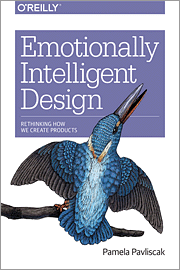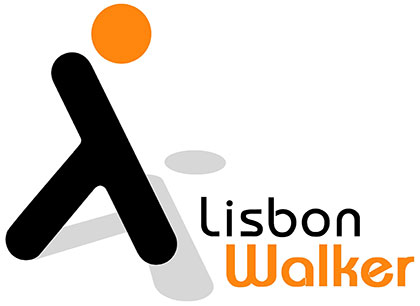
Pamela Pavliscak studies the future of feelings. Obsessed by our conflicted emotional relationship with technology, her work is part deep dive research, part data science, part design. As a researcher, she creates experiments that challenge us to see technology - and ourselves - in new ways. Whether documenting new internet emotions or asking people to confront their digital alter egos, Pamela's research is aimed at understanding how technology can help us be human.
Pamela's work with organizations like Google, IKEA, The New York Public Library, and Virgin draws designers, decision-makers, and community members into creative collaboration. She's also co-founder of SoundingBox, a new online research platform. Her insights have appeared in The New York Times, the LA Times, NPR, Slate, CBC, and Quartz. She's spoken at SXSW, TEDx, TNW, and Web Summit among many others. Currently, Pamela is on faculty at Pratt Institute where she teaches the next generation of tech designers.
-
Author of:
23
14:00 - 17:30
Aud IIIWorkshop
Emotionally Intelligent Design
The relationship we have with technology, whether we admit it or not, is emotional. And it's about to get more complicated. Emotional interactions with those special machines in our lives are about to go mainstream. The convergence of affective computing and AI promises to lead us in to an era of emotionally intelligent machines. Will machines with a higher EQ help or harm? As future feeling designers, it will (partly) be on us to cultivate empathetic interactions, broaden our emotional range, and bridge cultural sensitivities. In this fun, interactive session, we'll create a portfolio-worthy emotion AI experience while we learn about new tools and techniques.
The workshop will have 3 core parts:
- An introduction to artificial intelligence that detects and interprets emotion with guidelines for ethical use that we'll use as a background for our projects
- An overview of new techniques for emotional research and design that we'll try out as we develop our concepts
- Methods to prototype, test, and evolve emotional experiences that we'll use to create near future products
You'll learn how to:
- Tune in to emotion in your design research
- Materialize the emotional aspects of research to come up with resonant design
- Create more emotionally-cohesive journeys
- Draw on relationship models to evolve the experience over the long-term
- Assess and adapt meaningful aspects of emotional experience
24
14:00 - 14:35
Aud ITalk
Next-Gen Empathy in the Age of Automation
Is technology killing empathy? Studies suggest that empathy is on the wane and technology might be partly to blame. From self-care to selfies, fail videos to filter bubbles, existential loneliness to righteous outrage, we are confronting the possibility that human-centered practice hasn't created human-centered technology.
As if we needed more proof, technologists are now trying to solve the "empathy problem" with emotional AI, VR, and chatbots. One thing is clear, empathy is more than a step in the design process or a new feature to add on. In this talk, we'll consider what it might mean to design technology for cultivating a cohesive society where fellow feeling flourishes.
Our Sponsors and Supporters
-
Organizer:

-
Silver Sponsors:

-

Our Sponsors and Supporters
-
-
Organizer:

-
Silver Sponsors:

-

-
Platinum Partner:
-
Gold Partner:
-
-
-
Silver Partners:
-
Official Carrier:

-
Silver Sponsor:
-
-












